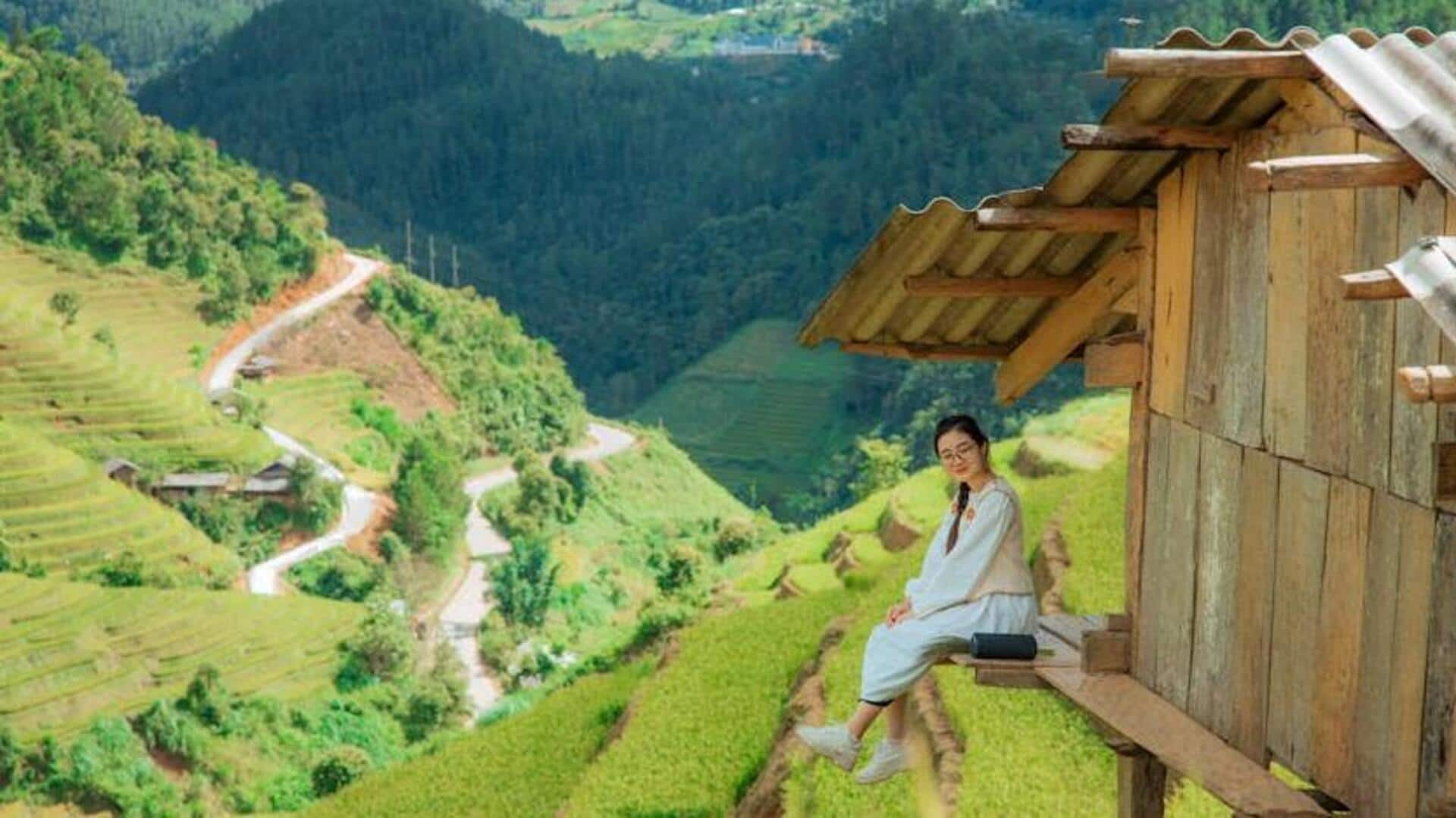
The art of terrace farming in India and Japan
What's the story
Terrace farming cultivates crops on stepped terraces built into hills or mountains, minimizing soil erosion and optimizing water conservation. This ancient technique, crucial in the hilly landscapes of India and Japan, facilitates the growth of rice, vegetables, and fruits. It's a fundamental part of their cultural heritage, reflecting centuries of agricultural history.
History
Historical roots and cultural significance
Terrace farming has a rich history in India spanning thousands of years, especially in the Himalayas. It is deeply ingrained in the traditions and cultures of the region. Similarly, in Japan, it has been practiced for hundreds of years in hilly and mountainous regions with limited flat land. Both these countries have transformed their landscapes into iconic cultural symbols.
Practices
Techniques and crops
The art of terrace farming is all about carving out flat spaces on hillsides or slopes. These terraces are like giant steps, with each level held up by a wall or embankment. In India, while rice is the main crop cultivated on these terraces (notably in Uttarakhand and Himachal Pradesh), Japan's terraced landscapes are renowned for rice production and tea plantations, especially in areas like Kyushu and Shikoku.
Ecology
Environmental benefits
Terrace farming is a key factor in soil and water conservation. The terraces act as buffers during intense rainfall, minimizing runoff and hence preventing soil erosion, and facilitating greater water infiltration into the ground. This not only enhances soil fertility but also contributes to preserving local water cycles. Both China and Peru have experienced how these environmental advantages significantly support sustainable agriculture.
Adaptation
Challenges and modern adaptations
However, despite its benefits, terrace farming presents significant challenges, including high labor intensity and maintenance costs. Fortunately, countries like India and Japan are implementing modern techniques to address these concerns. Drip irrigation systems, introduced to conserve water further, also eliminate the labor-intensive process of watering crops. Additionally, the adoption of organic farming practices within terrace agriculture is contributing to improved environmental sustainability.
Community
Community involvement and tourism
The communal effort required in terrace farming to construct and maintain the terraces fosters a strong sense of community among farmers. In recent years, tourists from around the world have been drawn to these terraced landscapes. They come to admire their beauty and learn about traditional agriculture methods. This tourism has not only provided an additional source of income for local communities but also promoted cultural exchange.